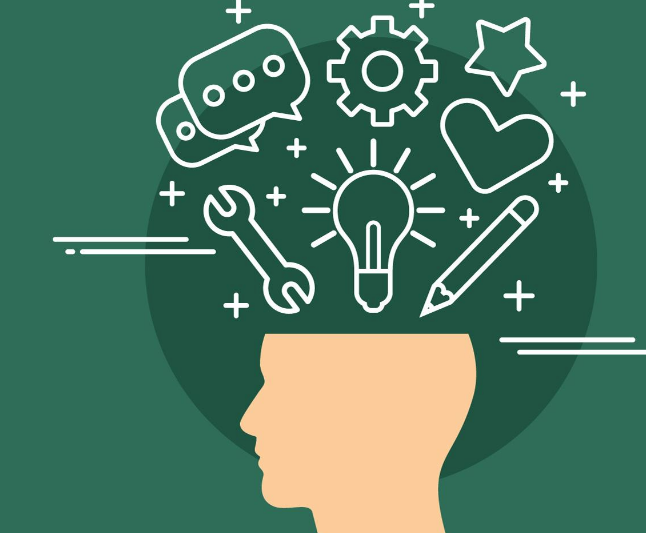
The holiday season is upon us and it’s bound to look and feel different than any holiday season in the past.
With new lockdowns, school closings, and warnings from the CDC not to travel, the pandemic still has a firm grip on our lives. Many of us already are lamenting a dreary Thanksgiving and a downbeat to the rest of the holiday season’s festivities.
It’s certainly a loss not to spend time with distant family members during the holidays or forgo beloved traditions.
But I refuse to buy into the dread. Doing so doesn’t serve me. What’s more, Thanksgiving is a pointed reminder to reflect upon – even in a year of tremendous tragedy – what we feel grateful for in our lives.
If you find yourself straining to be grateful for anything this year, be kind to yourself. Stress has a way of narrowing our focus and highlighting the negative.
For most of this year, we’ve been operating on what resiliency researcher Ann Masten calls “surge capacity,” which is the ability to handle what needs to be, power through difficulty, and survive rather than thrive. In a crisis, we run on a cocktail of adrenaline and wits.
At the very least, the holidays give us an opportunity to be grateful for a few days away from our daily grind. And if we use them wisely, we can rest and renew.
A friend of mine takes this opportunity seriously and uses the time between Thanksgiving and the end of the year to create a purposeful blend of doing things she loves, feasting as well as fasting and spending some time in solemnity and prayer. For her, the holiday season is a time of personal and spiritual renewal.
Beyond being grateful for a welcome change of pace, we also can use the holiday season to incline our hearts and minds toward appreciation. We can intentionally widen our perspective and acknowledge the gift of the people, places, and things in our lives that otherwise, we take for granted.
Doing so doesn’t mean we deny our difficulties or the suffering of those around us. It merely means that we take in what’s also good in our lives.
We can do this by starting small. Whenever I lead a guided mindfulness meditation in gratitude, I ask those participating to consider being grateful for a simple object they use every day – a glass of water, a pencil, or the chair beneath them.
Often when I drink a refreshing glass of water, conveniently and instantly poured from my tap, I consider the 785 million people in the world don’t have access to clean water. Another 2 billion people on the planet don’t have access to a reliable toilet, according to the non-profit Water Aid.
Having such perspective softens my heart and expands my gratitude – even for a holiday season garnished with a bit of melancholy.
On My Mind
And there’s lots of sound research showing that gratitude is worth practicing. Feeling appreciative reduces anxiety and depression, enhances self-esteem, and even improves sleep. For some, keeping a gratitude journal works. For others, saying a few things they’re grateful for before bed ushers in a sweet slumber.
Often, it helps to have frequent reminders of the power of gratitude. To that end, watch the video below from Brother Steindl-Rast who has devoted his life to teaching others how to be grateful. Also, to learn more about practicing gratitude visit: https://gratefulness.org/explore/





 But as the pandemic grinds into its seventh, eighth, or ninth month (I’ve lost count,) plenty of people who are fortunate enough still to have jobs are longing for their old corporate digs.
But as the pandemic grinds into its seventh, eighth, or ninth month (I’ve lost count,) plenty of people who are fortunate enough still to have jobs are longing for their old corporate digs.


